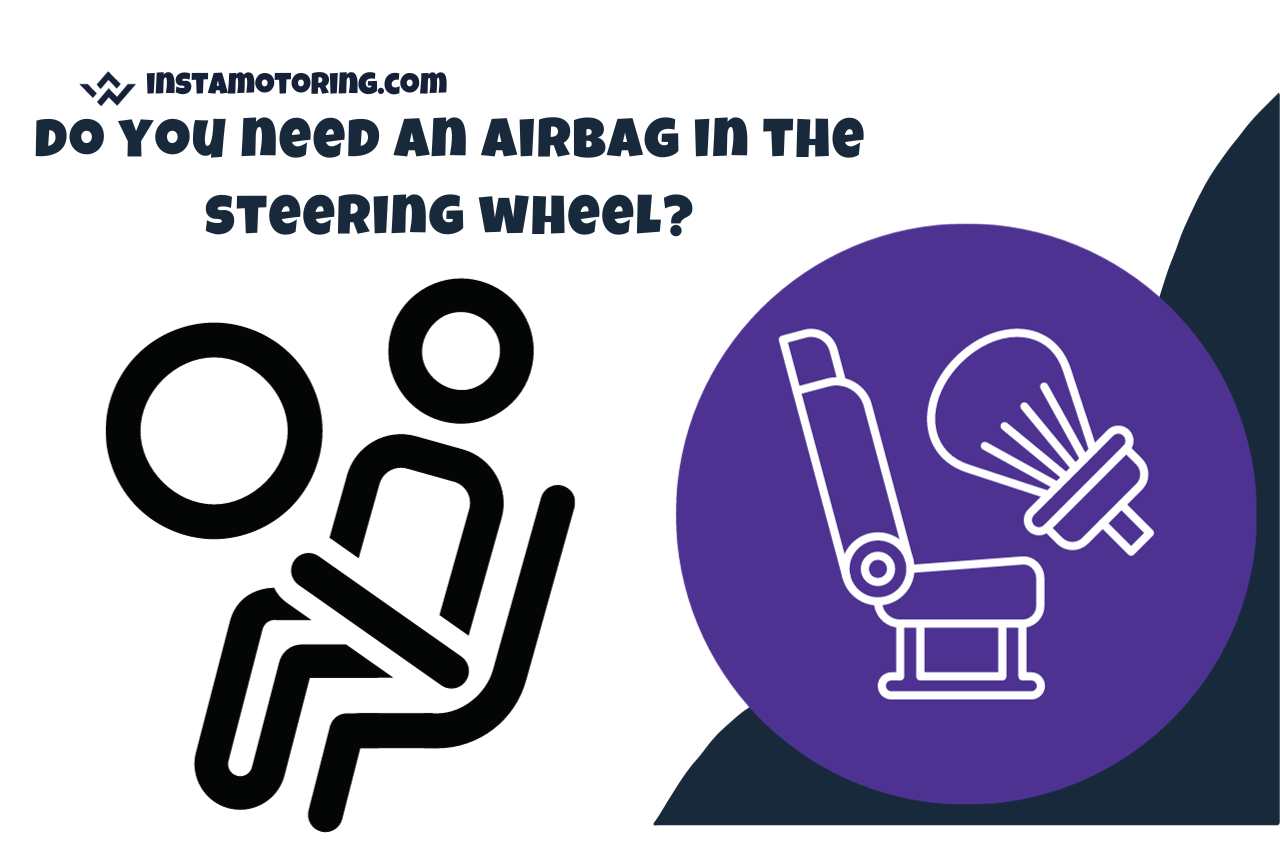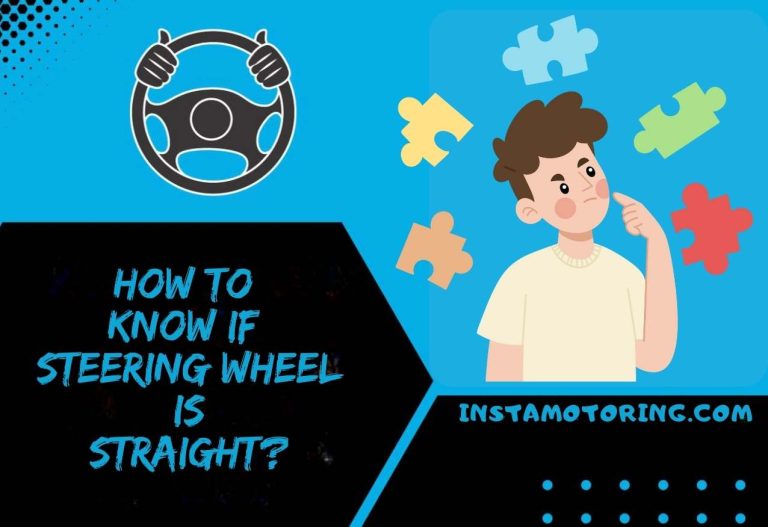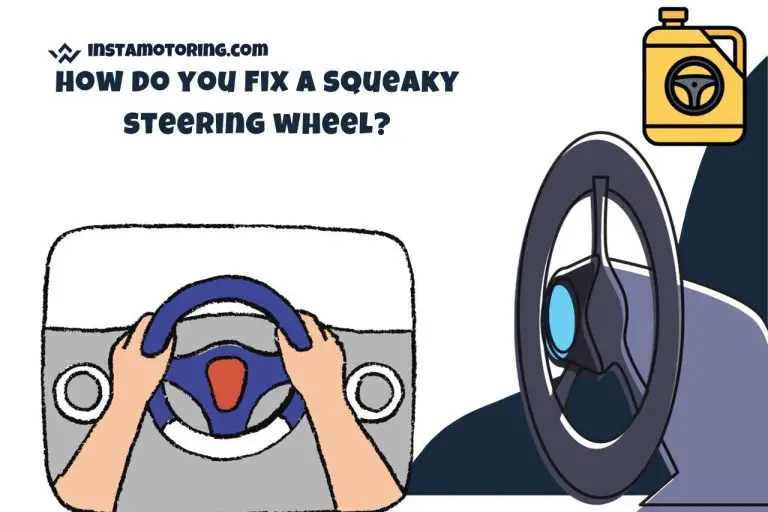Do you Need an Airbag in the Steering Wheel?
Do you need an airbag in the steering wheel? Absolutely, driving without the steering wheel airbag can be pretty hazardous in an accident situation.
Let us explain more about the importance of steering wheel airbags today.
Do you Need an Airbag in the Steering Wheel?
Yes, an airbag in the steering wheel is super important for the safety of the driver. Steering wheel airbags are a crucial part of a vehicle’s passive safety system.
Simply put, these airbags are designed to protect the driver in the event of a frontal collision. Steering wheel airbags work in conjunction with seat belts to reduce the risk of serious head and chest injuries.
Modern vehicles are typically equipped with steering wheel airbags as standard safety equipment, adhering to automotive safety regulations. Removing or disabling the airbag can significantly compromise safety and is generally not recommended or legal in many regions.
Importance of Having an Airbag in the Steering Wheel
The importance of having an airbag in the steering wheel is due to its essential function in providing the driver with immediate protection during a vehicle collision. As this safety device rapidly inflates upon the connection, it acts as a cushion, lowering the possibility of the driver suffering serious injury.
Instant Protection
Upon rapid deceleration, the airbag system’s sensors detect the abrupt change, triggering the airbag’s inflation. Within milliseconds, the airbag inflates, providing an essential buffer between the driver and the steering wheel.
Reduction of Injury Severity
When a collision occurs, the person’s body can experience immense force, which can lead to significant injuries, especially to the head and chest areas. The airbag acts as a cushion, reducing the likelihood of these injuries.
Minimizes Whiplash
Whiplash injuries may result from rear-end collisions because of the head’s swift forward and backward movement. An airbag in the steering wheel can mitigate the effects, decreasing the chances of neck strain.
Collaborative Working with Seatbelts
While seatbelts restrain the body and reduce movement during a crash, the steering wheel airbag complements this by cushioning any forward movement, thus offering dual protection.
Evolution of Design
Modern airbag designs have evolved to be more adaptive. It now considers factors like the severity of the crash and the size and position of the driver, ensuring optimal protection.
Along with other safety features, it is crucial for protecting the driver’s safety, emphasizing the need for it in every vehicle.
Airbags are integral parts of the car’s safety systems, working alongside other features like anti-lock brakes and stability control.
Given the unpredictability of crashes while driving, their design and implementation are essential for assuring driver safety.
What If your Steering Wheel Doesn’t have an Airbag?
If your steering wheel doesn’t have an airbag, you lack a vital safety feature designed to reduce the severity of injuries suffered in an accident. In the case of an accident, you are less protected without this cushion of security.
Increased Risk of Injury
Without an airbag’s immediate protection, frontal collisions have a significantly higher risk of serious head and chest injuries. The hard surface of the steering wheel can cause significant trauma upon direct impact.
Importance of Seatbelts
In the absence of an airbag, the role of seatbelts becomes even more critical. They prevent passengers from being ejected from the vehicle and reduce the risk of contact with the car’s interior, especially the steering wheel. Always ensure your seatbelt is fastened correctly.
Driving with Caution
When you know your vehicle’s certain safety features are ignored, adopting a more cautious driving style is advisable. Defensive driving, maintaining a safe following distance, and being more aware of your surroundings can decrease the chances of an accident.
Potential for Retrofitting
Some older car models may not have come equipped with airbags. In such cases, consider checking with a professional mechanic or car service provider about the potential to retrofit your car with modern safety systems, including airbags.
Vehicle Value and Insurance Implications
Cars without airbags might have a lower resale value due to perceived safety deficits. Additionally, insurance premiums might be higher for such vehicles as they’re deemed riskier.
Can You Replace the Steering Wheel Airbags?
Yes, you can replace the steering wheel airbags. It’s a common procedure performed by mechanics or at dealerships, especially after airbag deployment in an accident. The replacement must be specific to the vehicle’s make and model to ensure proper fit and functionality.
Watch this one,
Video Credits – Lesics



My name is James, I work as an Automotive Designer with 9 years of experience. I also work as a mechanic and vehicle inspector. I love deciphering complicated car exteriors and interiors and resolving fluid and oil troubles. InstaMotoring.com is here to help you troubleshoot your car with dependable and expert help.


![Car Won’t Start Power Steering Light on [4 Reasons]](https://www.instamotoring.com/wp-content/uploads/2024/01/Instamotoring.com_-768x524.jpg)




